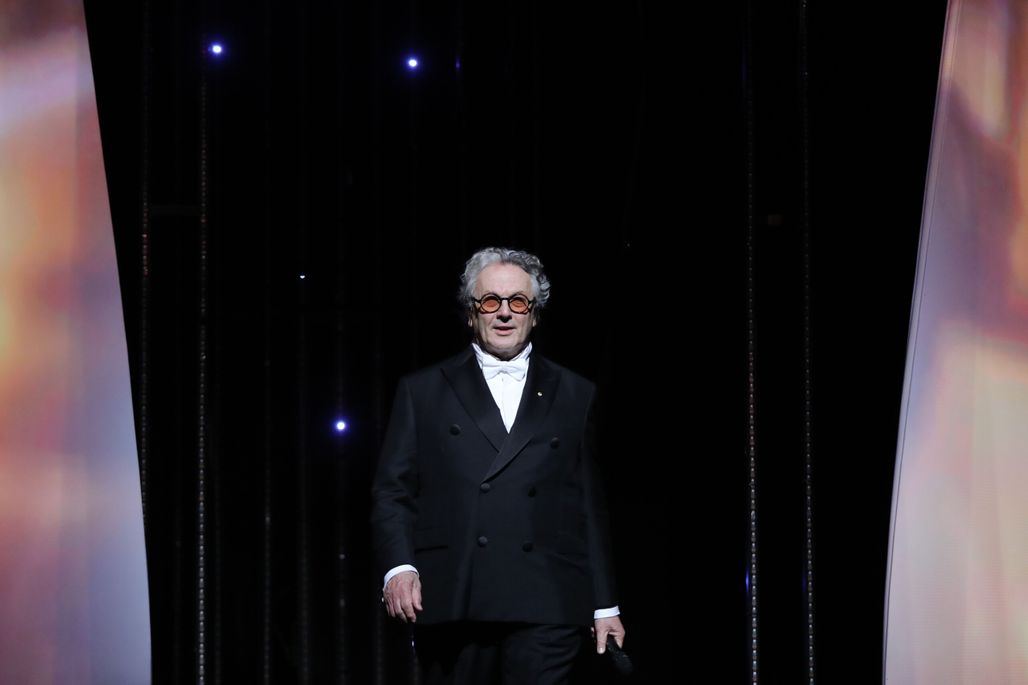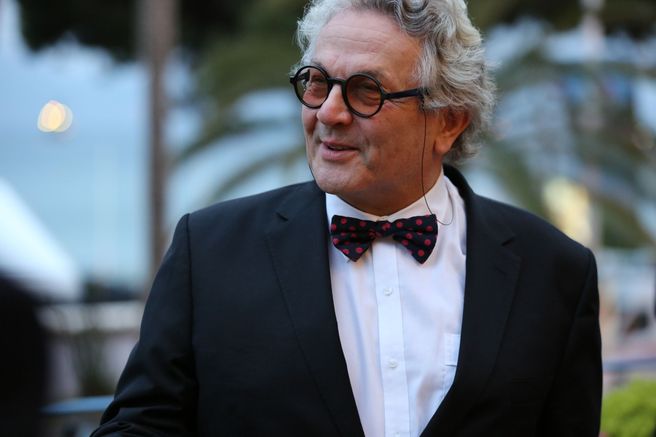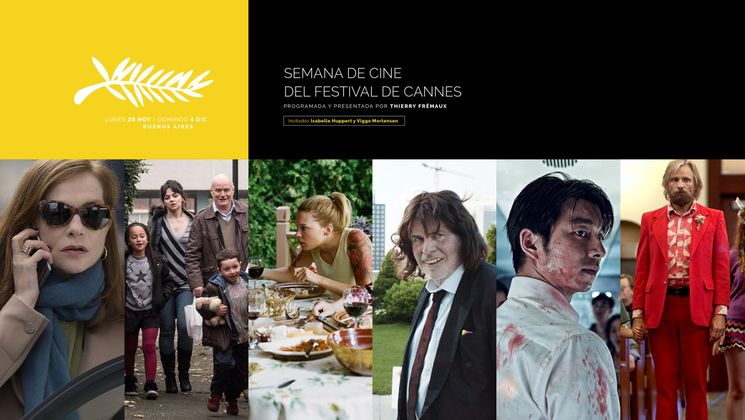
Interview with George Miller, President of the Feature Films Jury

He revived the Mad Max saga in 2015, and is back this year to preside over the Feature Films Jury. George Miller, after 45 ans in the film industry, has concentrated on exploring the vast possibilities offered by cinema. His films include fantasy comedy with The Witches of Eastwick, animation with Happy Feet, which won him an Oscar in 2007, and post-apocalyptic action films with Mad Max, with a sequel soon to be screened. Interview with a warm-hearted and enthusiastic president.
What is more difficult: leading a camera crew or a Jury?
There are many more people in a crew. Leading the Jury is like a parent taking children on a film holiday. This is a lovely Jury, very knowledgeable, very clear in their opinions. I’d like to spend more time talking with them because we could talk endlessly about the films.
What are your expectations as the Jury President?
To see wonderful films. We’re halfway through the Festival and every film is different. It’s extraordinary, you can see what the potential of cinema is and then wonder “What is the measure of a good film? How do you decide what film works?”. Everybody has their own opinion about the kind of film that provides a great experience. The simplest answer for me is the film which stays in my mind for a long time after I’ve seen it.

You are here in Cannes watching all kinds of films. What kinds of films do you usually prefer to watch?
I don’t watch as many films as I’d like to because I’m busy doing other things. When I started, like every filmmaker, I learnt a lot by sitting in a cinema, watching films. I’m very eclectic in my field. I watch documentaries, drama… I don’t tend to watch popular films, unless they’re by a wonderful director or very significant. I’m not one of those people who can spend all day in a cinema.
Except here in Cannes…
And it’s a real pleasure because we have nothing else to do. Our job is to watch films which we know nothing about and then think about them.
Making a saga is risky, especially when the first film is successful, but you managed to do it with Mad Max, Babe and Happy Feet. What is your secret?
The process of making a film possesses us like any other experience and it’s often very intense. So the characters and the fictitious world live in our heads like imaginary friends. I never intended to make any more Mad Max films after the first one and I’ve made four. With allegory, films can be very comprehensive, very universal. People see things in the latest film Fury Road which I’m pleased they are recognizing. We see behaviours which are a reflection of history and life that we have already seen in many incarnations and many cultures across time. People used as commodities is very common. It’s even true today. People trying to find humanity in a world which is very tough and trying to find their better selves in that world – this is happening as we speak.
Do people’s stories and history influence your work?
I find them creeping in almost unconsciously, in other films, in newspapers, in novels… I find that very interesting. I went to see an exhibition of armour, maybe three or four centuries old, and there was an iron chastity belt. It was cut in the shape of a vagina and an anus like teeth, and it really shocked me to think that young women had been thought to be the source of sin. That image was very efficient in Fury Road, it only lasts two or three seconds but it speaks volumes
You have made very different kinds of films but you seem to be very interested in technical progress.
It’s something I enjoy very much. The most important thing by far is the story. Let’s say it’s a technical exercise and a technical challenge. The first Babe film was shot at the beginning of the digital era, just after Jurassic Park.
Then you made Happy Feet using motion capture.
I realised I could make the film when I saw motion capture for the first time with The Lord of the Rings. The wonderful cinematographer Andrew Lesnie who shot Babe and The Lord of the Rings showed me the film, the first ever motion capture of Gollum, and I thought the technology was wonderful.

